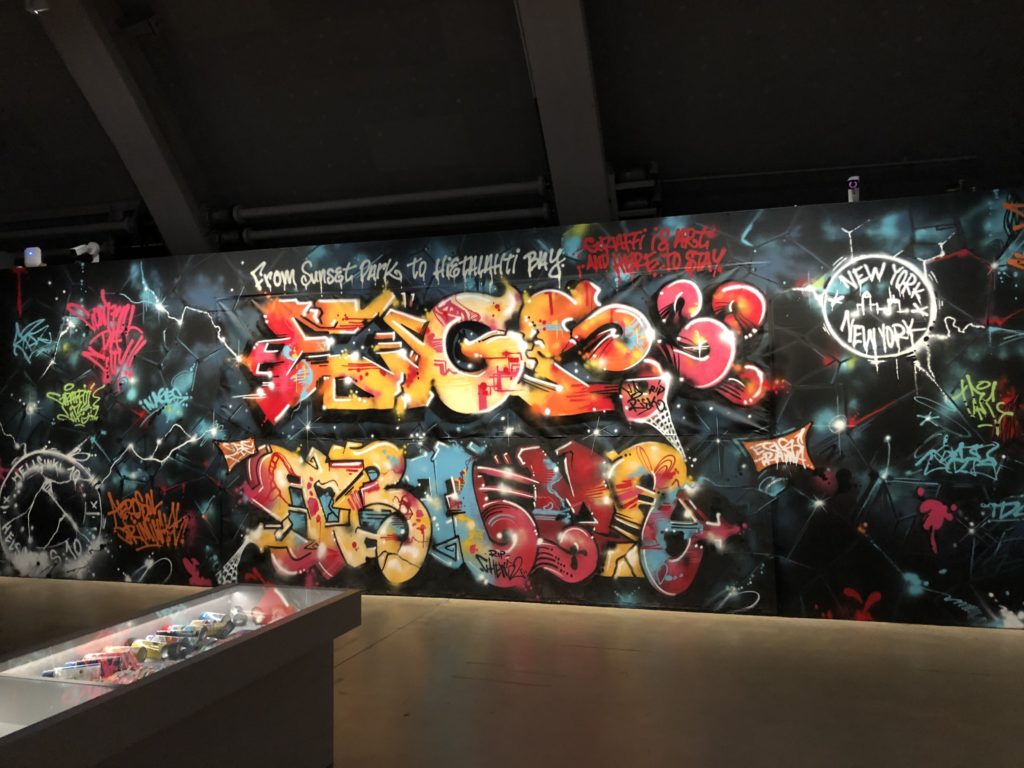
Much like Reykjavík, Helsinki has a thriving, if under-publicized art scene. People travel to places like Iceland and Finland seeking natural beauty, but the work on display indoors rivals any forest or glacier out in the wild. To quote HAM’s (Helsingin taidemuseo/Helsinki Art Museum) tagline, “Art is popcorn for the brain,” so let’s drive in and stimulate our minds.
(Note: Museums in Helsinki are expensive. Like, I’m a New Yorker who finds 90% of destinations cheaper than my home base, and I was shocked to see some of the admission prices. It’s completely worth it to invest in the Helsinki Card which grants you entry to all the museums and attractions, as well as unlimited access to buses, trams, the metro, and ferries.)
Kiasma
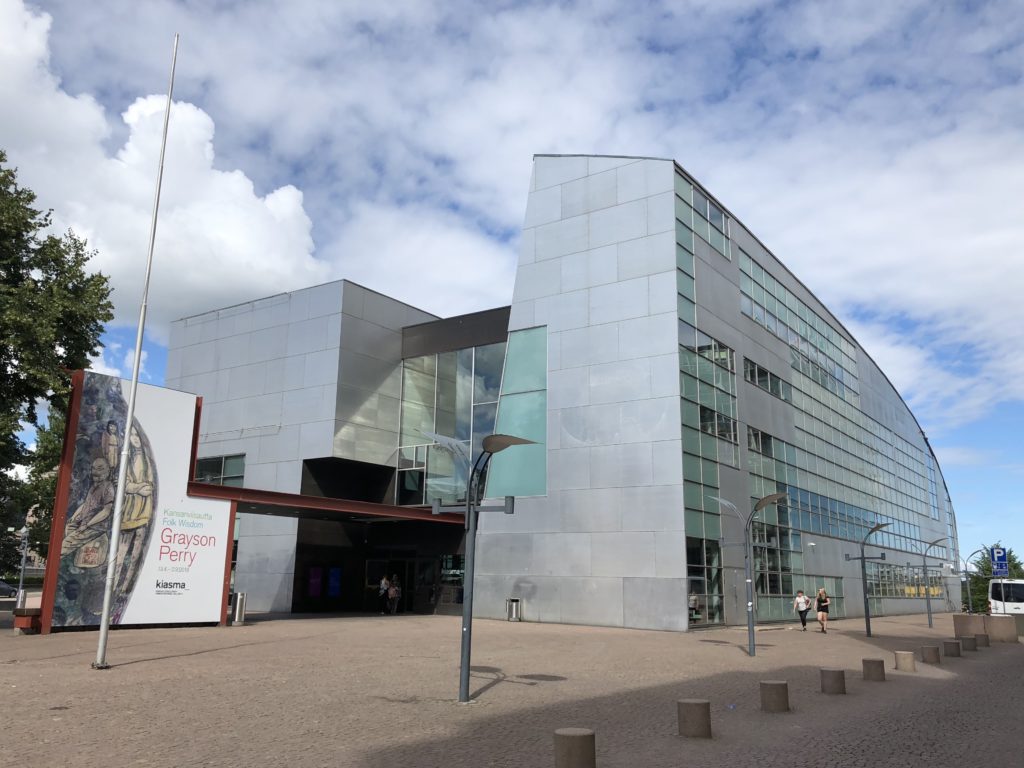
Kiasma, the Finnish word for chiasma, is the anatomical name for the part of the brain where the optic nerve from your left eye crosses with the optic nerve from your right eye en route to the visual cortex. It is because of this nexus that the visual cortex can read images from both eyes at once and generate phenomenon like depth perception, making it a pretty great name for an art museum!
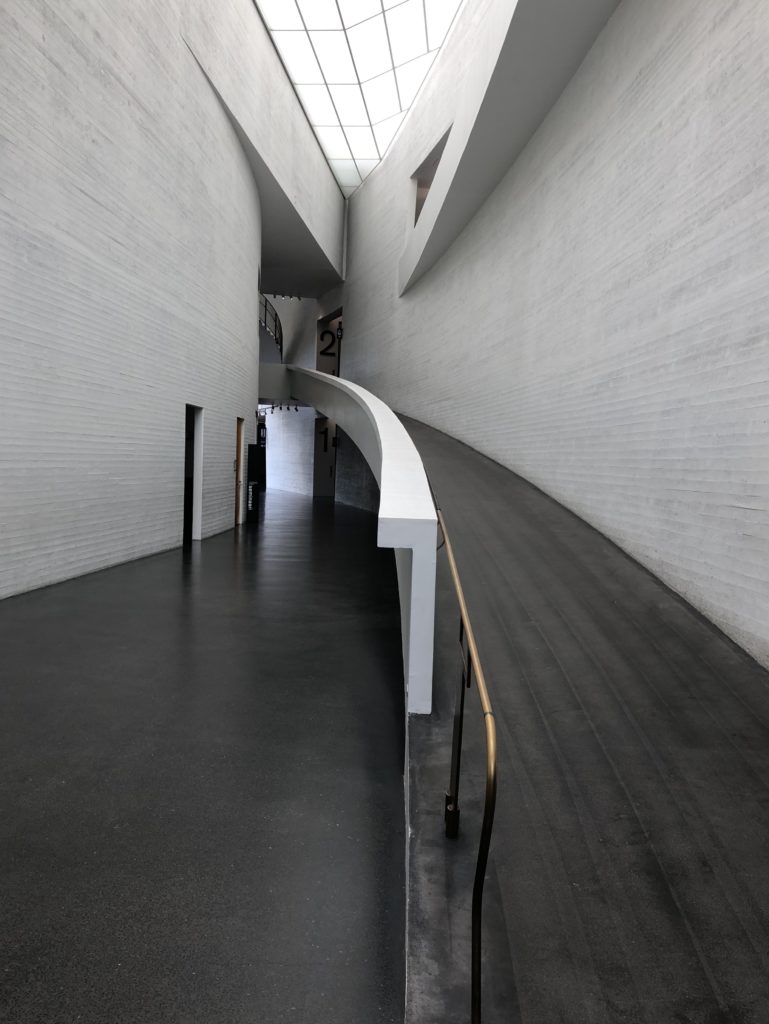
Kiasma is one of three museums that make up the Finnish National Gallery and is a relatively new addition to the institution. The contemporary art collection was started in 1990 and Kiasma didn’t officially open until 1998. The build, designed by Steven Holl, is as fantastic as the collection itself. The interior reminded me a bit of the Guggenheim, with ramps and curved staircases connecting the five floors of galleries.
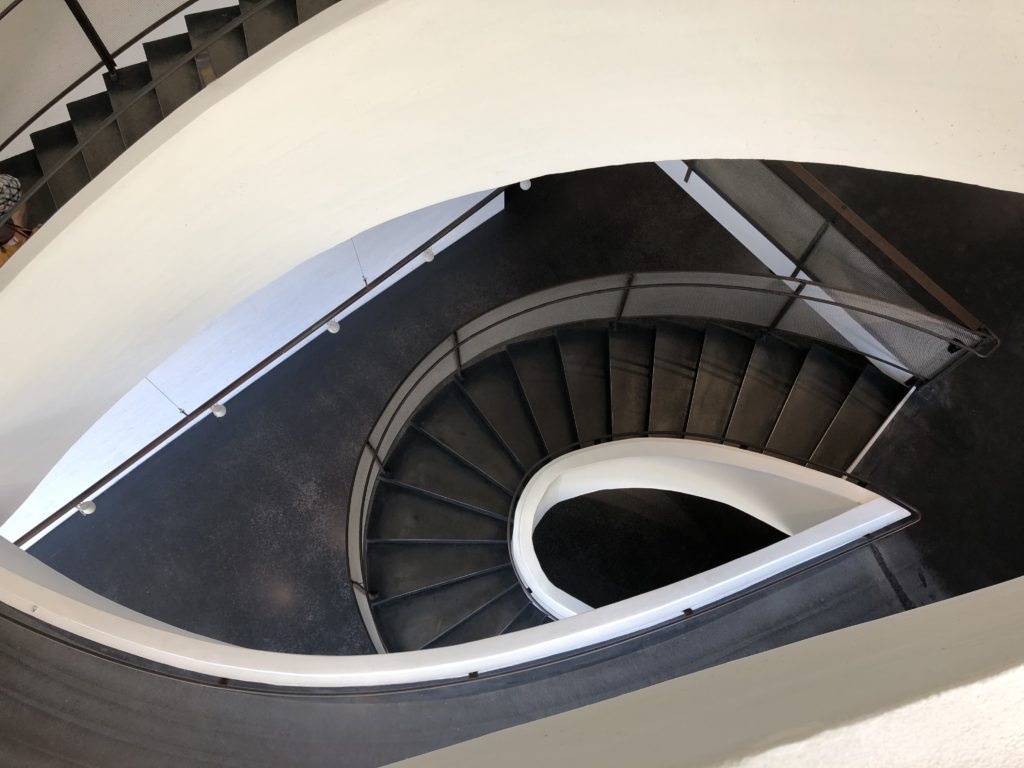
My travels have definitely heightened my love and appreciation for contemporary art, but they’ve also expanded my mind of what an art museum can be and how artists can utilize specific spaces to showcase their art. So many stuffy national galleries are merely room after room of framed paintings hanging on the wall, and then contemporary art comes along and says there’s so much more to art than that.
If Icelandic modern art deals with nature and humankind’s relationship to it, Finnish modern art deals more heavily with national and cultural identity. What does it mean to be Finnish a century after independence from Russia? Finns have a quirky sense of humor and a (self-confessed) awkwardness. They are an introspective bunch, not shying away from long silences which can be unsettling for brash Americans who feel the need to fill any void in the conversation with inane chit chat. The Finnish care deeply about the environment and their government has one of the most comprehensive social welfare networks in the world. There’s an interesting juxtaposition of contemplative isolation and a strong sense of community, all of which can be found in their art today.
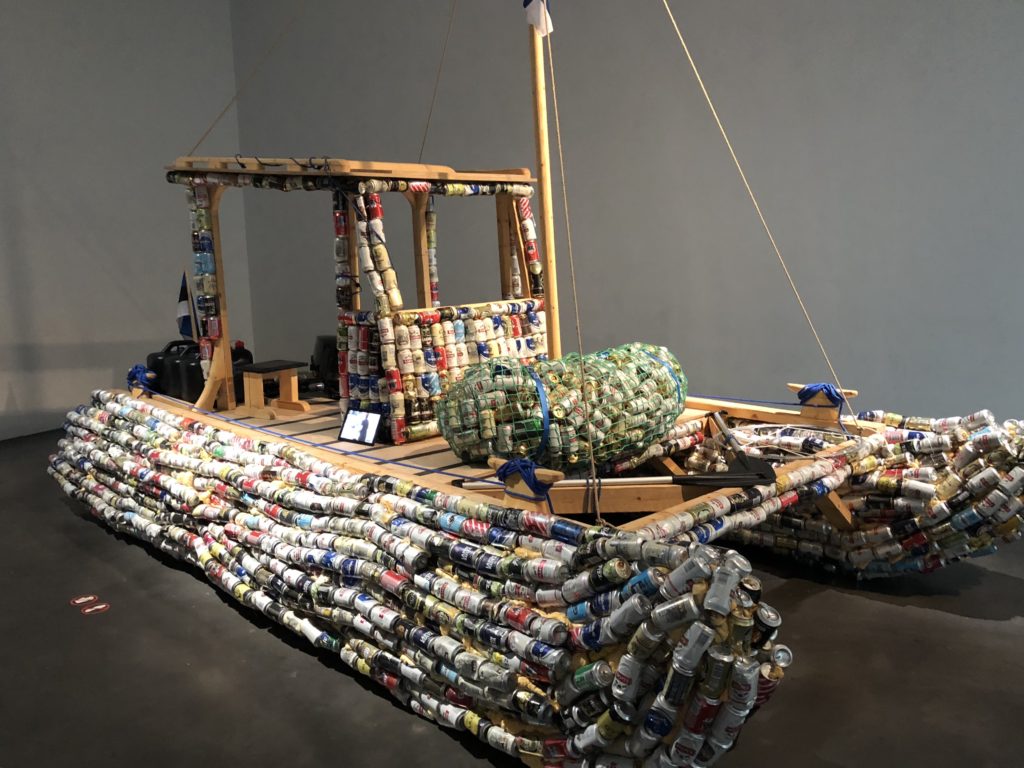
My favorite gallery showcased the work of Finnish duo Mellors & Nissinen, with their latest series titled “The Aalto Natives.” They create in several mediums, including video installations, puppetry, and sculpture. Technology often plays a major role in their work, as does music and the spoken word. Although they are attempting to examine Finnish identity in a serious way, a vein of absurdist humor runs through their work as well.
Ateneum

Ateneum is the second of the three museums that make up the National Gallery; I did not visit the third museum- Sinebrychoff Art Museum- as it only houses European art from the 14-19th Centuries, and held little appeal to me while visiting Finland. Ateneum does a have a few international pieces, but the bulk of the collection is made up of Finnish classical art from around 1750-1950.
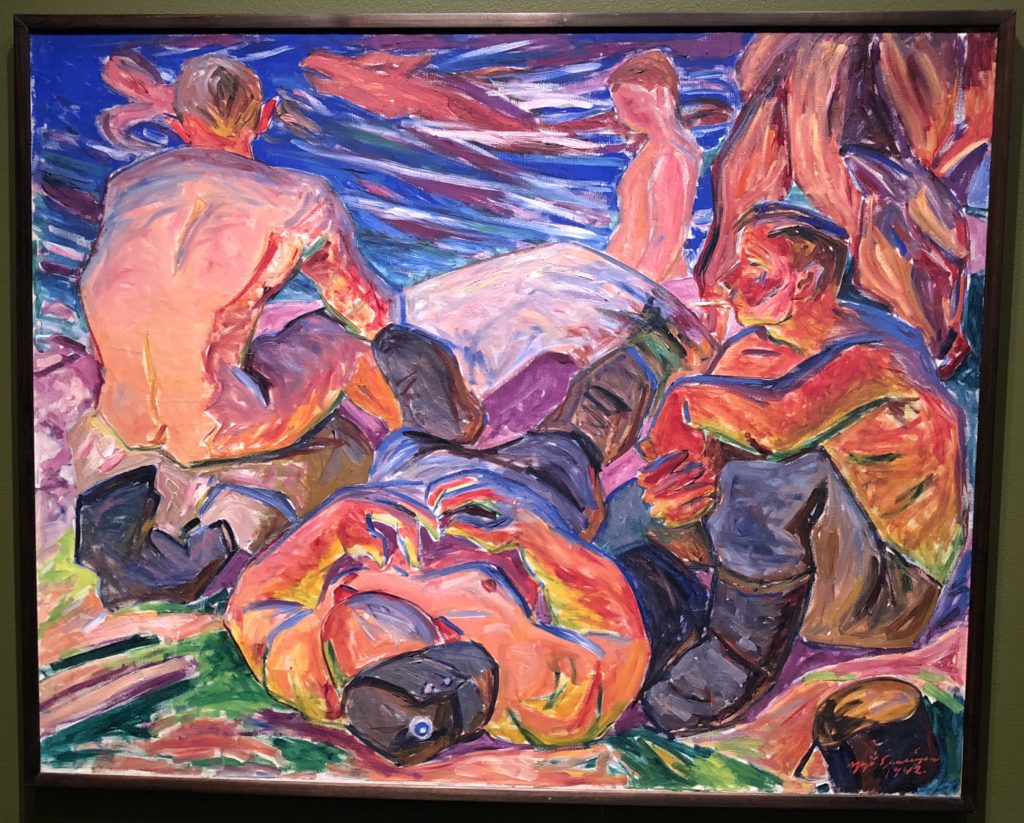
The working classes and traditional rural scenes were common subjects for many classical Finnish painters. As Finns had been controlled by either Sweden or Russia for nearly 700 years before they achieved independence in 1917, the fine arts were an essential part of cultural preservation.
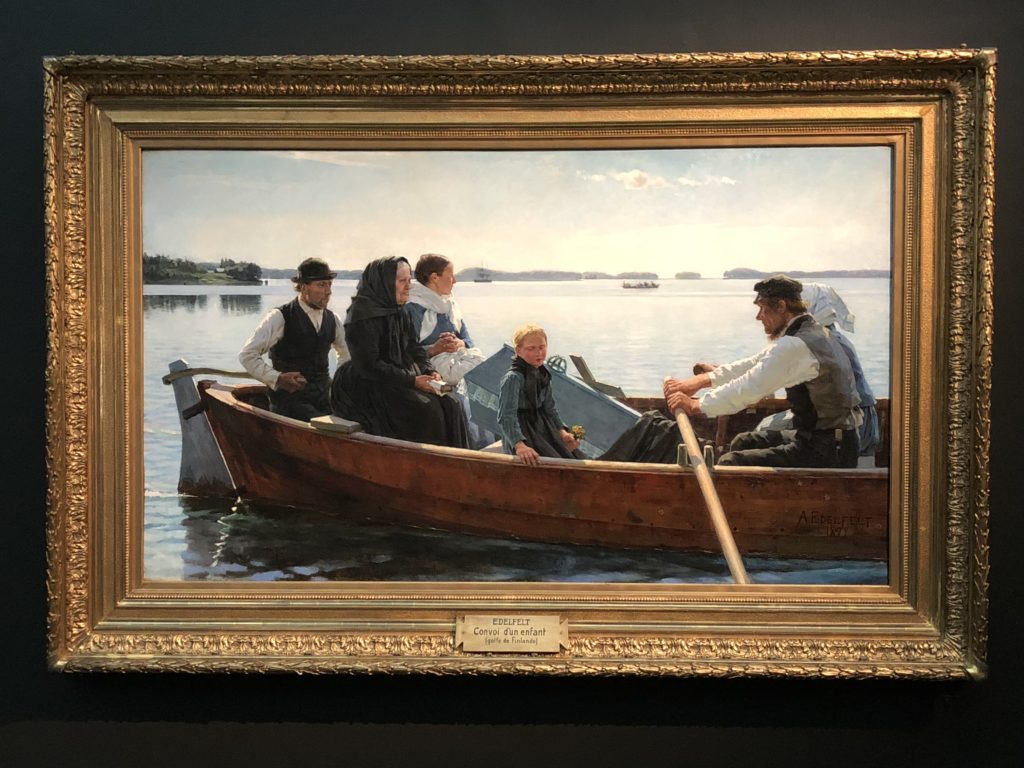
Despite Finns having a long and storied history, officially they are a relatively young nation. Sauli Niinistö, only the twelfth and current President of Finland, recently had his portrait inaugurated at Ateneum. The whimsy and creativity are in stark contrast to the often bland and safe political portrait paintings in the United States.
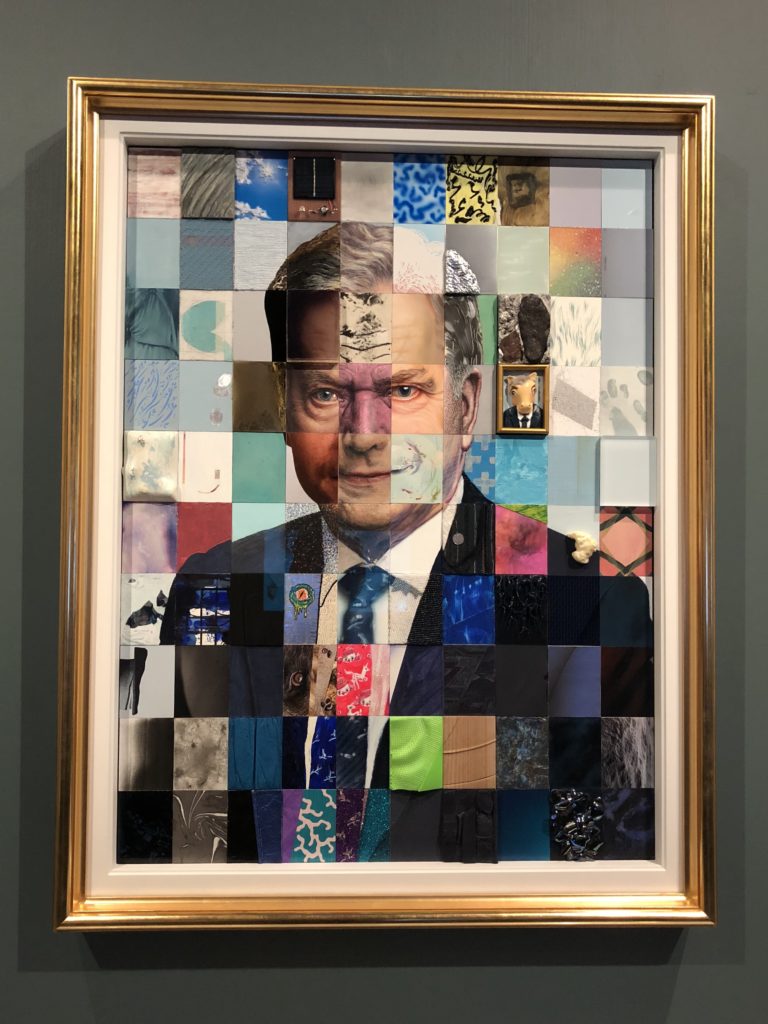
HAM (Helsingin Taideomuseo/Helsinki Art Museum)
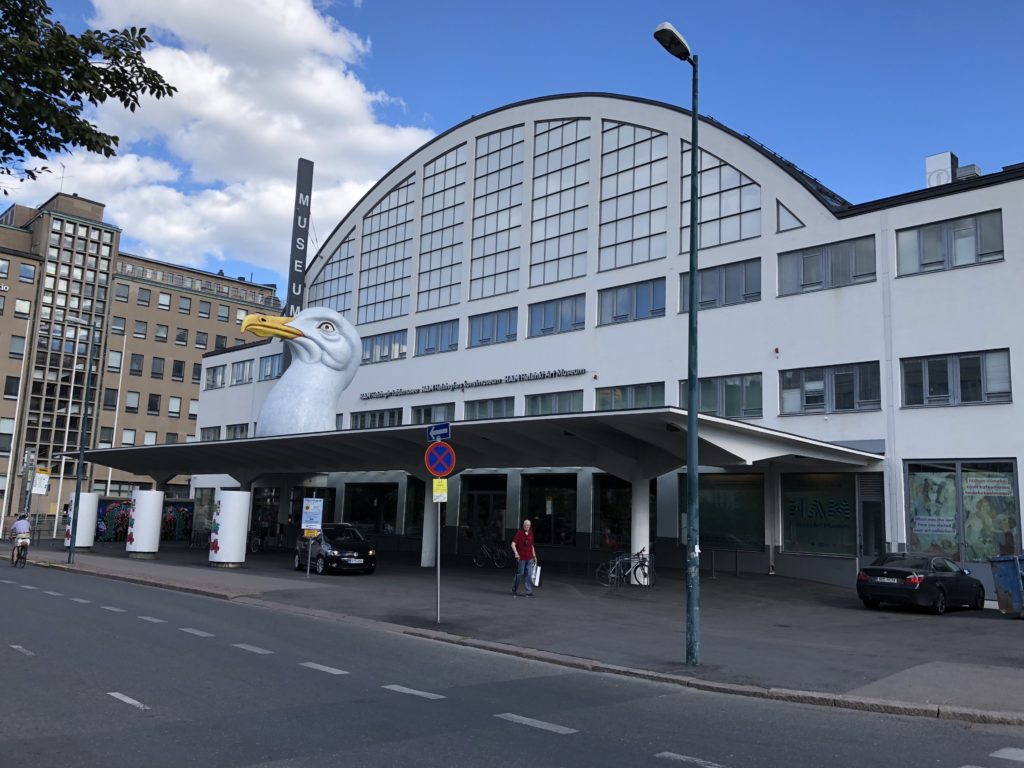
As a vegetarian I don’t have much opportunity to write the following, but I really love HAM. Truly. Everything from the building to the permanent collection and the special exhibitions were perfect. The history of HAM goes back to the late 1960s when the modern and contemporary art collection began to be curated, albeit under a different name. The museum has moved locations and changed names more times than is worth explaining; HAM’s latest home at The Tennis Palace was christened in 2015.
HAM’s current residence was built in 1937 as an auto body shop to service the expected influx of cars for the 1940 Olympics scheduled to be held in Helsinki. The Games were canceled due to WWII and the domed third floor was turned into a series of tennis courts, giving the building its name: The Tennis Palace. (In 1952, when The Olympics were finally held in Helsinki, The Tennis Palace was oddly transformed into the basketball venue.) Over time the building was used as a car dealership, department store and of course a tennis club. Today there is a movie theater on the ground floor and HAM occupies the upper levels, including the former courts.
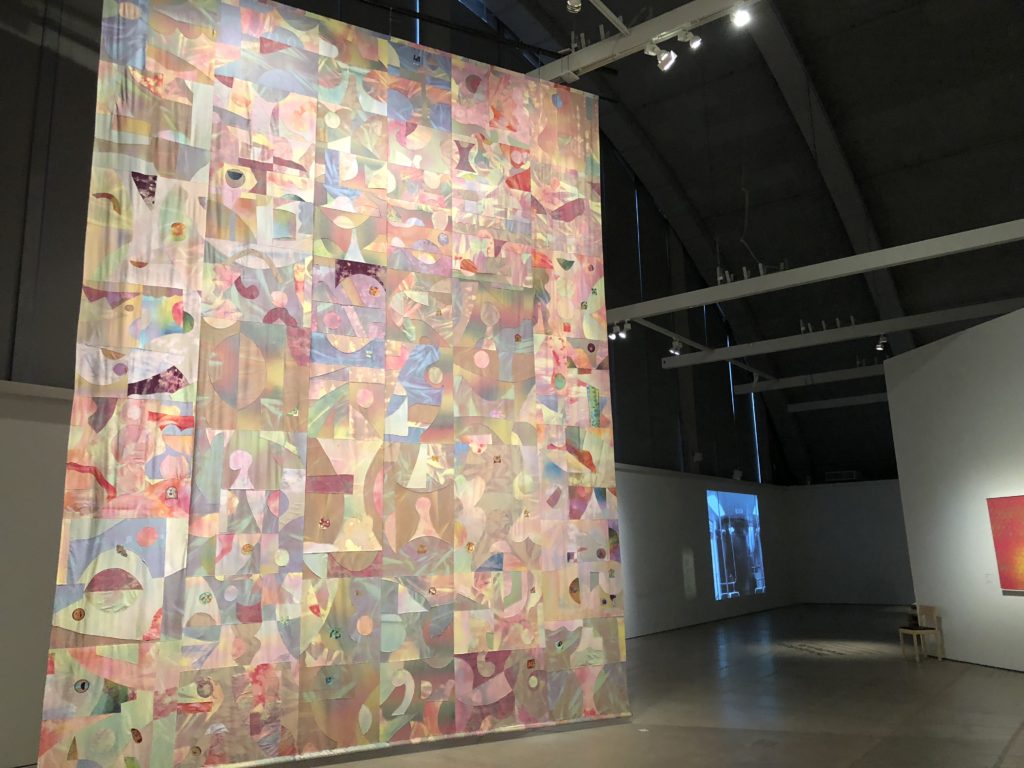
I just happened to visit during an NYC/Helsinki cultural exchange; the special exhibitions focused on urban environments as artistic landscapes including advertisements, protest signs, graffiti and posted bills. The work was extremely engaging and thought-provoking. I especially enjoyed the breakdown of the different styles of New York street art and tag “fonts,” and how they influenced the works of Finnish street artists in the 1980s and ’90s. I’ll leave you with some images of HAM and hope that I’ve piqued your interest in the Finnish art scene.
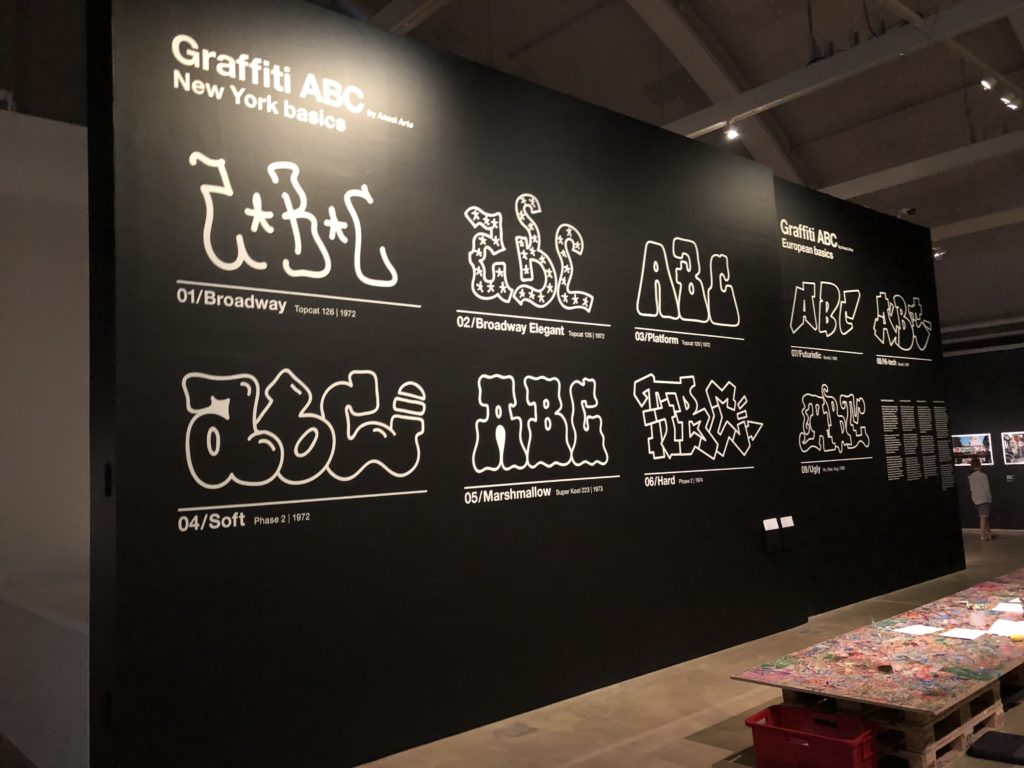
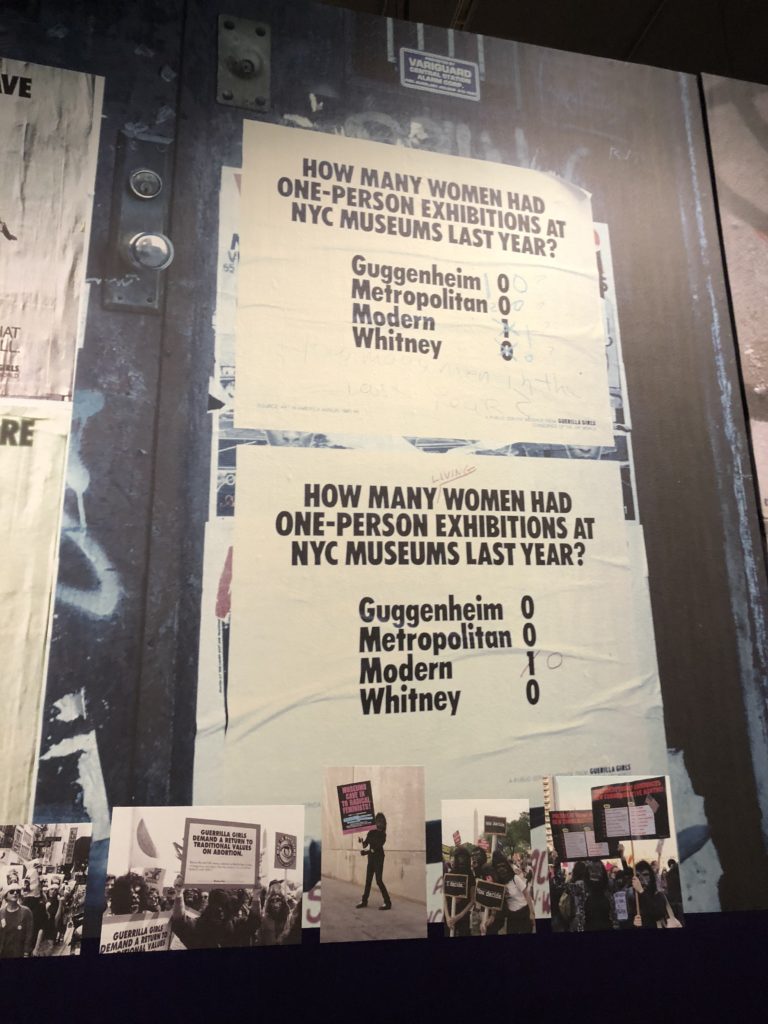
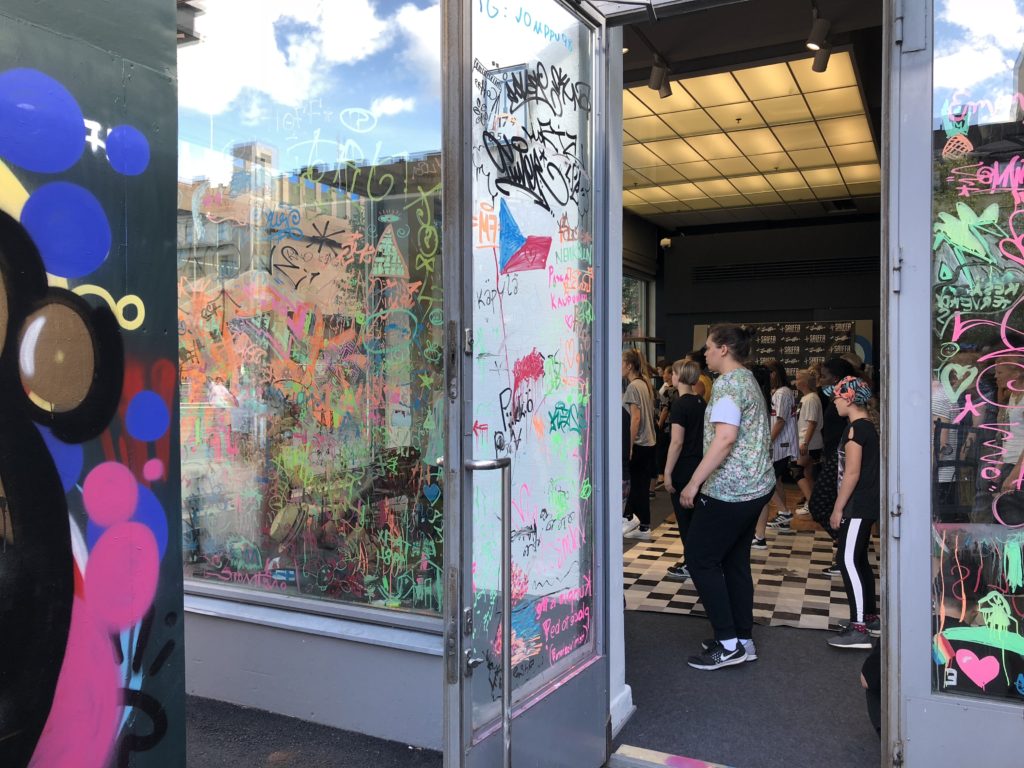
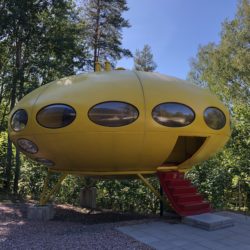
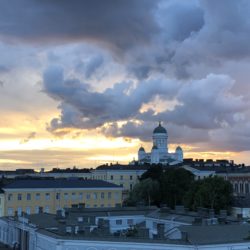

C’est vraiment incroyable, surtout la photo de sauli niinistö
Merci Robert! L’art finlaniais était vraiment intéressant et très différent des autres arts que j’ai vus dans ce monde.